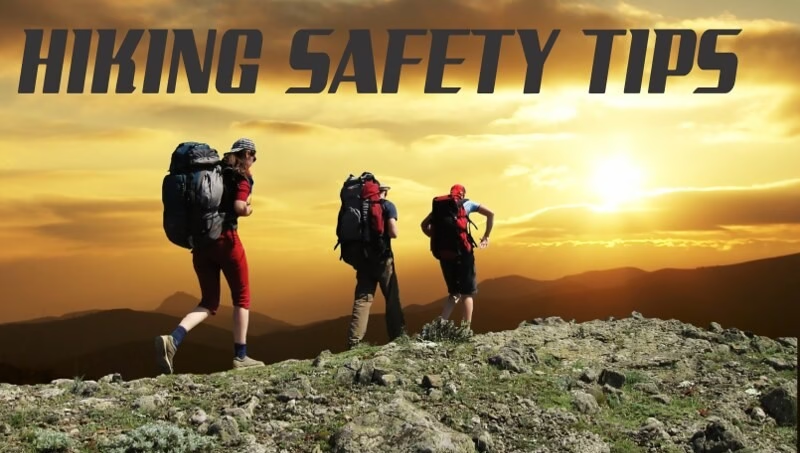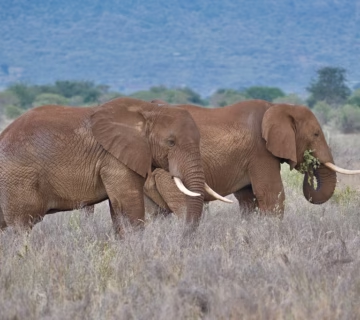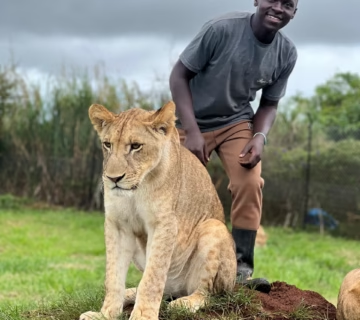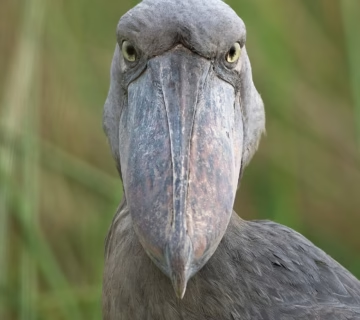Mountain Climbing Safety.
Mountain Climbing Safety: One of the most daring tourist pursuits in East Africa is mountain climbing. Approximately 1000 mountain climbers visit the area each year as a result of this pastime, which is practiced in almost all East African nations.
East Africa is home to a variety of unusual mountains that provide climbers with amazing and one-of-a-kind experiences. Even while scaling these mountains is an experience unlike any other, mountain climbing itself may be risky if safety measures are not followed.
In order to keep you safe when embarking on your mountain climbing expedition, we wish to recommend a few precautions in this post.
Fitness
Although one surface may seem to be accessible to anyone, mountain climbing is an exciting and enjoyable sport that requires both mental and physical fitness to tackle. You must be physically fit in every aspect to tackle the mountains because they need a lot of you. Before engaging in mountain climbing activities, you may need to undergo some training if you are not an experienced climber.
Shoes for Mountain Climbing
Mountain climbing requires a certain kind of footwear, often hiking shoes or boots, in contrast to other East African safari activities where you may use any comfy footwear. This kind of footwear is designed to protect your feet as you climb the mountain and to support you.
Clothes for Mountain Climbing
Since mountain climbing may be a physically demanding exercise, it is recommended that you dress comfortably—not too tight, nor too loose—so that you won’t feel burdened while ascending the mountain. Additionally, to avoid becoming too heavy while you climb, your attire should be relatively light.
Nonetheless, you will need to bring appropriate gear to stay warm when hiking high altitude mountains like Mount Kilimanjaro, Mount Rwenzori, and Mount Kenya, among others. Therefore, among many other items, mountain climbing apparel will comprise gloves, caps, warmers, socks, tour pants and shirts, and many more.
Drinks and food
Climbing is a strenuous exercise that uses a lot of energy and might cause you to feel hungry and lightheaded as you ascend the mountain. In order to stay hydrated and reenergized throughout your mountain climbing adventure, it is recommended that you bring some food and beverages. Among other things, the snacks and beverages may consist of water, energy drinks, candy bars, proteins, and carbs.
A first aid kit
A first aid kit is necessary since mountain climbing wears out the body and sometimes you will need medications to treat your body. It is impossible to climb a mountain without being harmed, injured, or experiencing headaches or pain.
Pain relievers, antihistamines, bandages, alcohol strips, antibiotics, personal medications, and other items may be included in a mountain climber’s first aid kit.
Weather Protection
The weather may change suddenly and impact your safety when climbing a mountain, even if you are confident in the forecast. Therefore, it is crucial that you know the weather prediction before starting your climb; this will help you prepare for what to anticipate.
In the same vein, you should always have weather protection in case the weather turns out differently than you had anticipated. Examples of such protections include rain gear, umbrellas, and wind shields.
Handling an accident
Mountain climbing accidents are unavoidable, but how you handle an incident may either make you safer or make you less safe. As you train for mountain climbing, you should learn certain techniques for handling mishaps on the ascent so that you are prepared to deal with them and remain safe.
These are some of the few safety precautions you may need to take into account while mountain climbing. There are several opportunities for mountain climbing in East Africa on the various mountains in the area, ranging from one-day excursions to more than ten days. To choose the mountain that best fits your needs and preferences, you should speak with your tour operator if you want to go mountain climbing in East Africa.



